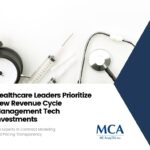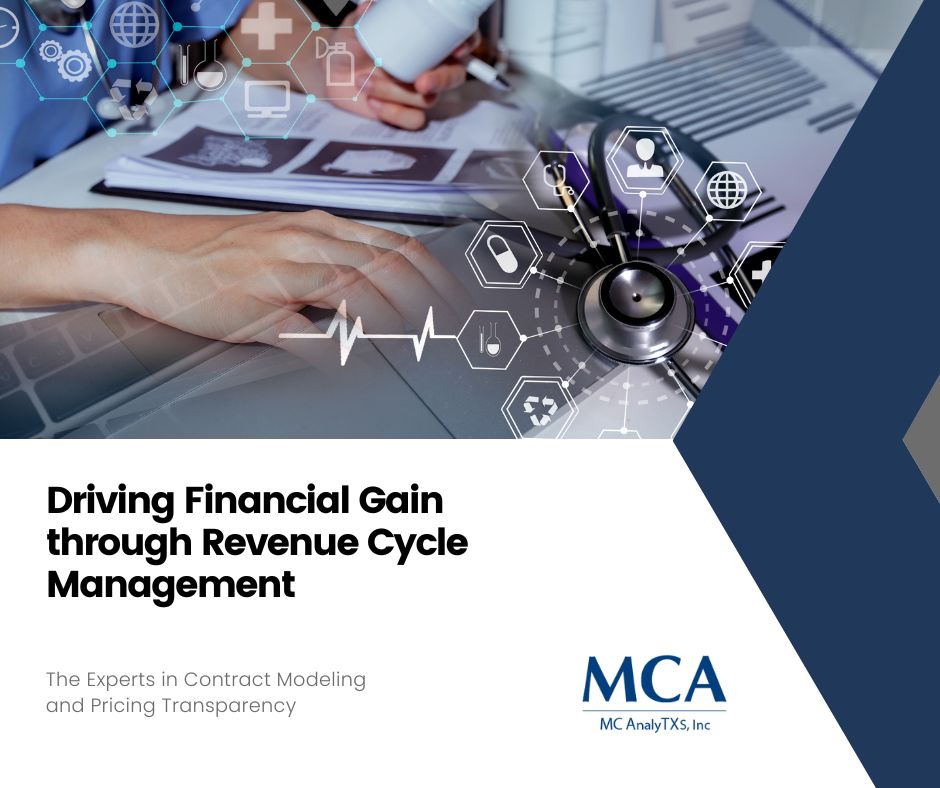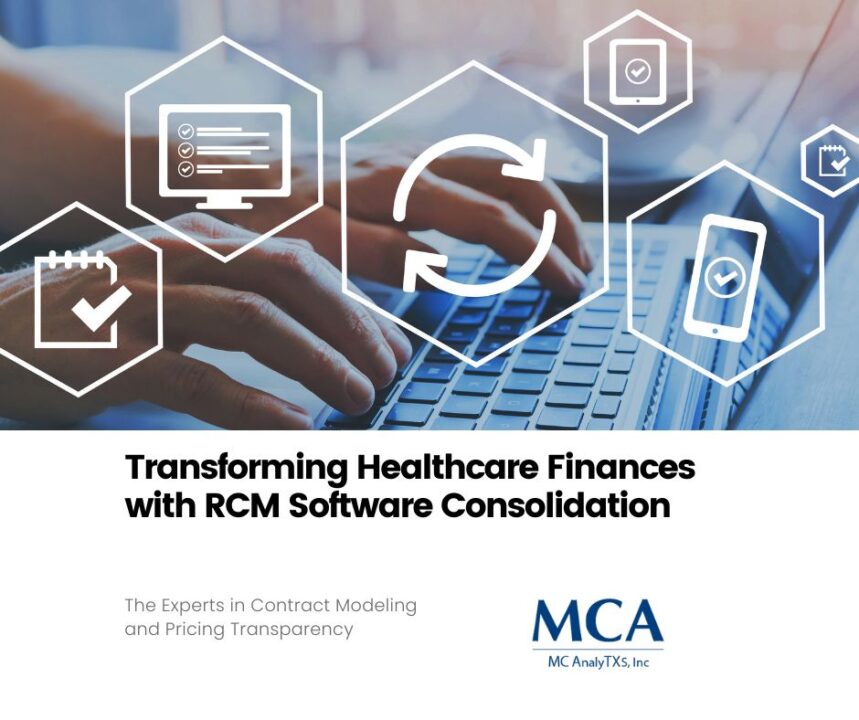
Strategies for Patient Acquisition: Insights from Top Health Systems
February 26, 2024
Healthcare Leaders Prioritize New Revenue Cycle Management Tech Investments
March 1, 2024Revenue cycle management (RCM) in the healthcare industry is an intricate process that tracks patient care episodes from registration and appointment scheduling to the final payment of a balance. It’s a critical function that involves many moving parts, often leading to inefficiencies and lost revenue where manual procedures are dominant. However, the integration of sophisticated automation technologies within RCM has promised—and delivered—profound financial gains for healthcare institutions.
In this comprehensive article, we will explore how the strategic implementation of revenue cycle management and automation can lead to significant financial improvements for medical providers and practitioners across the board.
The Crucial Role of Revenue Cycle Management
In the highly regulated medical field, the proper management of the revenue cycle is paramount. It determines the financial health of healthcare operations, and it’s tied directly to quality patient care and operational efficiencies. This cycle includes patient registration, appointment scheduling, insurance verification, charge capture, claims processing, payment posting, and patient collections.
Traditional RCM, often manual or semi-automated, poses several challenges:
- Errors in coding and billing that can lead to claim denials
- Slow reimbursements due to lag in claim submissions and payment processing
- Communication gaps between the patient, provider, and payer, can lead to disputes and late payments
The Benefits of Revamped RCM
Enhancing the revenue cycle through automation presents multiple advantages that can be broken down into three main categories: billing accuracy, speed, and denials reduction.
Improved Billing Accuracy
Automation technologies like electronic health records (EHRs) and practice management systems ensure that claims are submitted with the correct patient and treatment information, leading to fewer coding errors and billing inaccuracies.
Faster Reimbursements
Automated processes mean quicker claims submissions and faster payments, minimizing the time between service and revenue, often a major point of leakage in the RCM.
Reduced Denials
Automation also significantly reduces the risk of claim denials by ensuring timely filing, proper documentation, and adherence to payer-specific guidelines, all of which contribute to more successful adjudication rates.
The Power of Automation in RCM
The incorporation of automation into RCM has overhauled the way healthcare’s financial processes are managed. By leveraging digitization and AI, RCM systems can now streamline various complicated processes, saving time and resources.
Streamlining Claims Processing
Claims automation software can review and process claims quickly, ensuring that they meet all the requirements before submission. This minimizes the back-and-forth with payers and accelerates the payment cycle.
Enhancing Coding Accuracy
AI-based coding assistance tools can suggest the most appropriate codes for diagnoses and treatments, leading to higher coding accuracy and reducing the opportunities for claim denials.
Automating Patient Communication
Software platforms can automate and personalize patient communication for billing purposes, such as sending reminders for outstanding balances or notices for upcoming appointments, improving patient collections and satisfaction.
Understanding the Financial Impact
The financial implications of implementing RCM automation are substantial, often leading to sizeable cost savings and increased revenue capture.
Cost Savings
By automating many of the labor-intensive RCM tasks, healthcare providers can realize significant operational cost savings, particularly in billing staff redundancies and administrative overhead.
Increased Revenue Capture
Automation ensures that every billable service is accounted for, every claim is accurately coded and submitted, and every payment is promptly collected, leading to an increase in the revenue that is captured and a consequent rise in the bottom line.
Who Benefits Most from Automation?
Healthcare providers and institutions of all sizes can reap the benefits of RCM automation. Smaller practices, in particular, can drastically improve their financial stance, as they are proportionally more affected by inefficiencies and have fewer resources to absorb financial losses from revenue cycle errors.
Larger institutions, on the other hand, can use the finer control offered by automation to optimize their RCM operations, improve scalability, and better manage the complexities that come with a larger volume of patients and claims.
Strategically Implementing RCM Automation
Successful adoption of RCM automation is not just about installing the latest software; it’s about building a comprehensive strategy that integrates the technology with existing processes, staff training, and continuous evaluation.
Assessing Current RCM Processes
The first step is to conduct a thorough analysis of existing RCM processes to identify bottlenecks and areas where automation can provide the greatest benefit.
Choosing the Right Technology Partners
Selecting the right technology partners who understand both healthcare operations and financial services is crucial. These partners should have proven experience in RCM automation and a record of successful implementation.
Staff Training and Change Management
Equally important is training the staff who will be using the new technology. They must understand the changes and be fully prepared to operate in the new, more automated environment.
Overcoming Implementation Challenges
The transition to an automated RCM environment is not without its challenges. Here are a few key obstacles to be aware of and address proactively:
- Interoperability: Ensure that new systems can speak to other existing health IT applications to avoid siloed data and information gaps.
- Integration with Payer Systems: Payers may have their systems and processes, making seamless integration challenging but imperative for success.
- Regulatory Compliance: Automated RCM systems must adhere to all healthcare regulations, which often vary by locality and can be complex to interpret and implement.
Looking to the Future of Healthcare Finance
The ongoing digital transformation and the continued push for cost containment will undoubtedly shape the future of healthcare finance and revenue cycle management. Automation is at the core of these changes, promising financial gains and a more efficient and patient-centric care delivery system.
Conclusion
In this article, we’ve explored how revenue cycle management and the introduction of automation technologies can greatly enhance the financial performance of healthcare providers. With improved billing accuracy, faster reimbursements, and reduced denials, RCM automation is a clear win for all involved. However, it’s essential to approach the transition with strategy, patience, and an understanding of the challenges ahead.
The financial benefits of RCM automation are clear, and with the right approach, healthcare practices can position themselves at the forefront of a new, more efficient era in healthcare finance.





